Cats are mysterious creatures, often leaving us wondering what’s going on in their furry little heads. While they might seem aloof, many cats form deep emotional bonds with their owners. However, unlike dogs, cats can be a bit more reserved in showing affection. Here are 10 signs your cat is emotionally attached to you — even if they’re a bit shy about it.
1. The Subtle Tail Flick
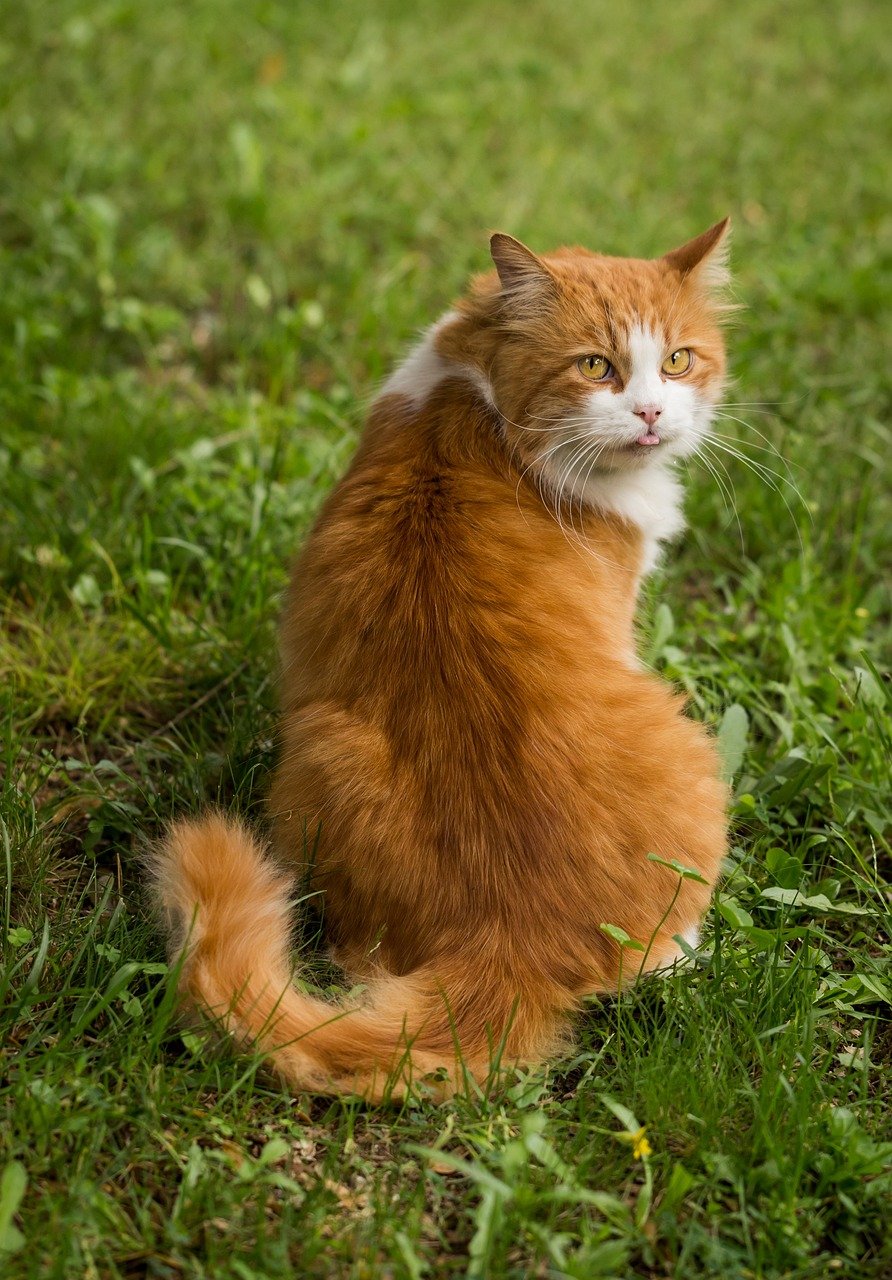
Cats use their tails to communicate a variety of emotions. A gentle, slow flick of the tail when your cat is near you can indicate comfort and attachment. It’s a quiet way of saying, “I’m here, and I’m happy to be around you.” This isn’t the same as the frantic tail movements you see when they’re agitated. Rather, it’s a soft, almost unnoticeable motion that speaks volumes in the feline world. If you’re observant, you’ll notice this behavior more when your cat is relaxed and in a good mood. Think of it as a small, affectionate gesture similar to a human giving a slight nod of approval.
2. The Slow Blink
Have you ever caught your cat looking at you and then slowly closing their eyes? This is known as the slow blink, and it’s often referred to as a “cat kiss.” When a cat feels safe and trusts you, they might give you this tender look. By slowly blinking back at them, you’re returning the gesture, reinforcing the bond. It’s like the feline version of saying, “I trust you, and I feel comfortable around you.” This is one of the ultimate signs of emotional attachment, as cats are naturally cautious creatures. When they let their guard down, it’s a significant display of affection.
3. The Head Bump
A head bump, or “bunting,” is a classic sign of feline affection. When your cat gently nudges you with their head, they’re marking you with their scent. This behavior is an intimate way of saying, “You’re part of my family.” It’s a territorial marking that carries a deep emotional undertone. Cats have scent glands located in their cheeks and forehead, and by rubbing against you, they’re mingling their scent with yours. So, the next time your cat bumps against your leg or arm, consider it a special form of acceptance and love.
4. Following You Around
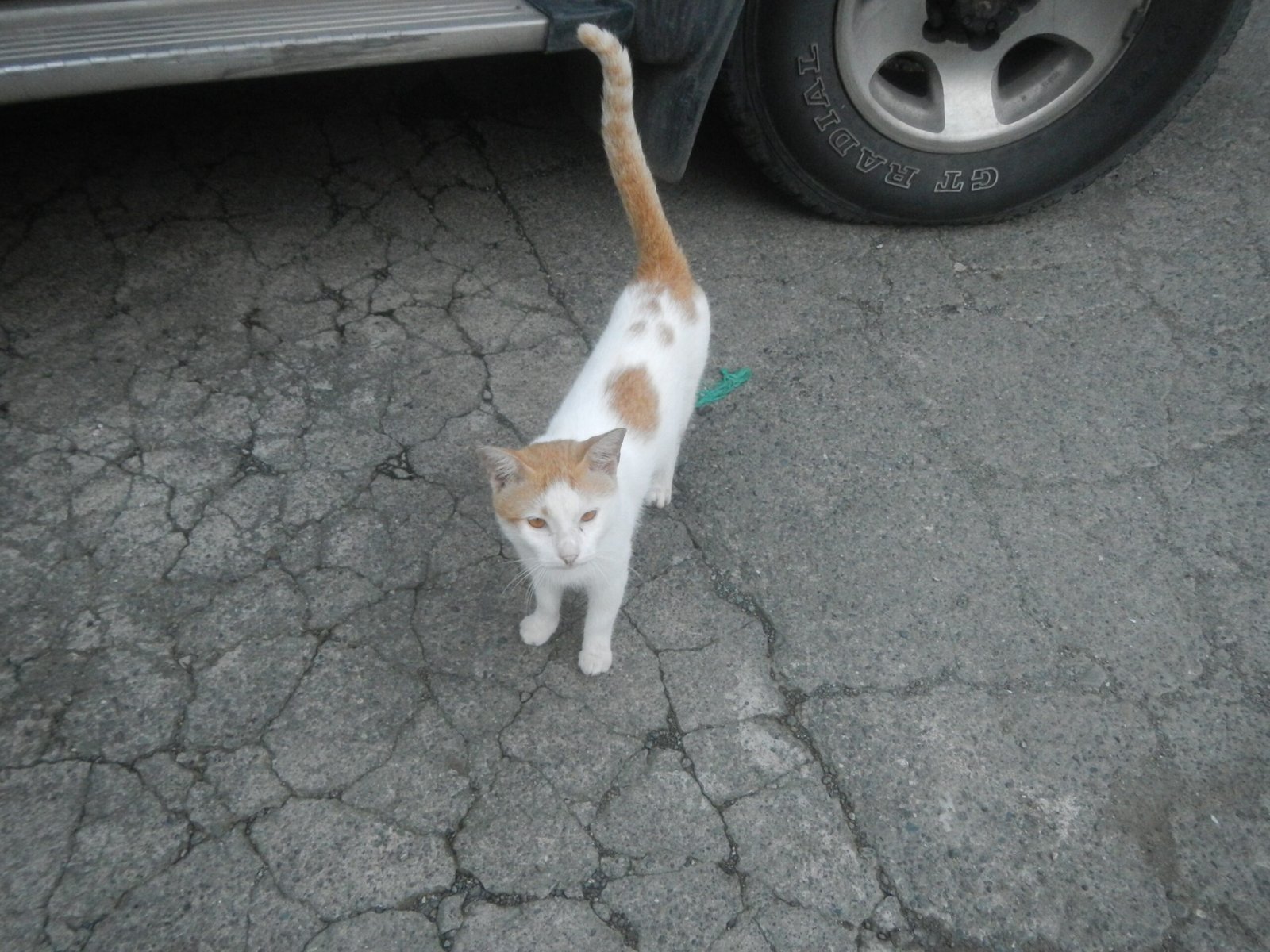
While cats are known for being independent, some will follow their owners from room to room. This behavior suggests they enjoy your company and feel secure when you’re near. It’s not about needing something from you; rather, it’s about wanting to be in your presence. Just like humans enjoy being around those they love, cats will choose to be near you if they feel attached. If you find your feline friend shadowing your movements throughout the house, it’s a clear sign they’re emotionally invested in you.
5. The Gentle Purr
Purring is often associated with a cat’s contentment, but it can also be a sign of emotional attachment. When your cat curls up beside you and purrs softly, they’re expressing their comfort and happiness. This soothing sound is more than just a reaction to being petted; it’s a form of communication that signifies trust. Each cat’s purr is unique, and over time, you’ll learn to recognize the tones that indicate affection. When you hear that steady, rhythmic purr, know that your cat feels a deep connection with you.
6. Bringing You “Gifts”
It might not be pleasant to find a mouse or bird on your doorstep, but in the feline world, this is a gesture of bonding. Cats are natural hunters, and by bringing you their prey, they’re sharing their success with you. It’s a sign of trust and an offering of what they consider valuable. While you might prefer a gift card or flowers, in the cat’s mind, this is a treasured gift. It’s their way of saying, “I care about you, and I want to share my world with you.” So the next time your cat leaves a surprise, remember that it’s coming from a place of love.
7. Kneading Your Lap
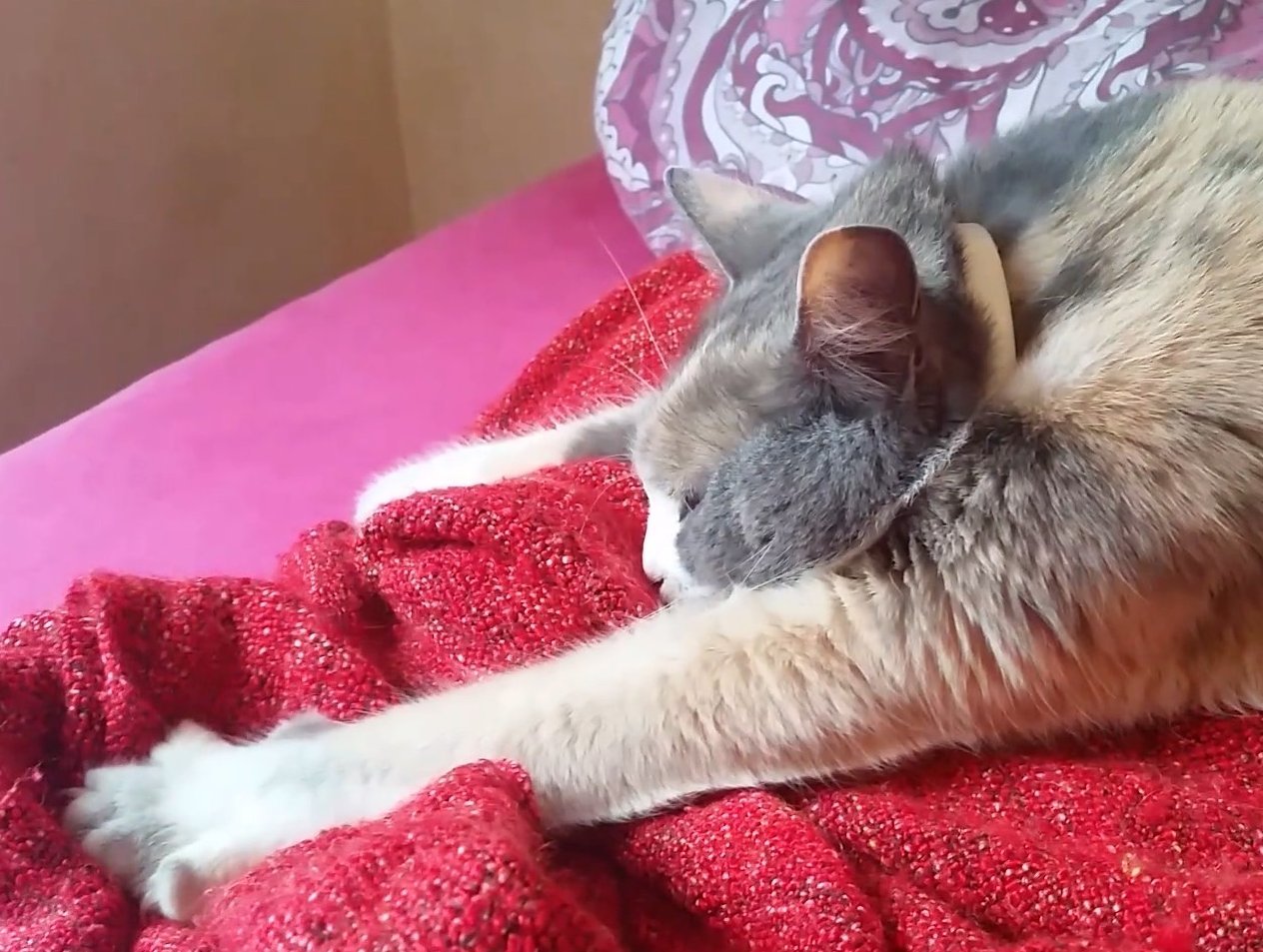
Kneading is a behavior that originates in kittenhood when they knead their mother’s belly to stimulate milk flow. When your adult cat kneads your lap, it’s a sign of comfort and attachment. This behavior is rooted in fond memories and a sense of security. It’s similar to a child seeking the warmth and reassurance of a parent. When your cat kneads, they’re expressing a deep-seated affection and trust. So, as your feline friend rhythmically presses their paws against you, take it as a heartfelt compliment.
8. Sleeping Near You
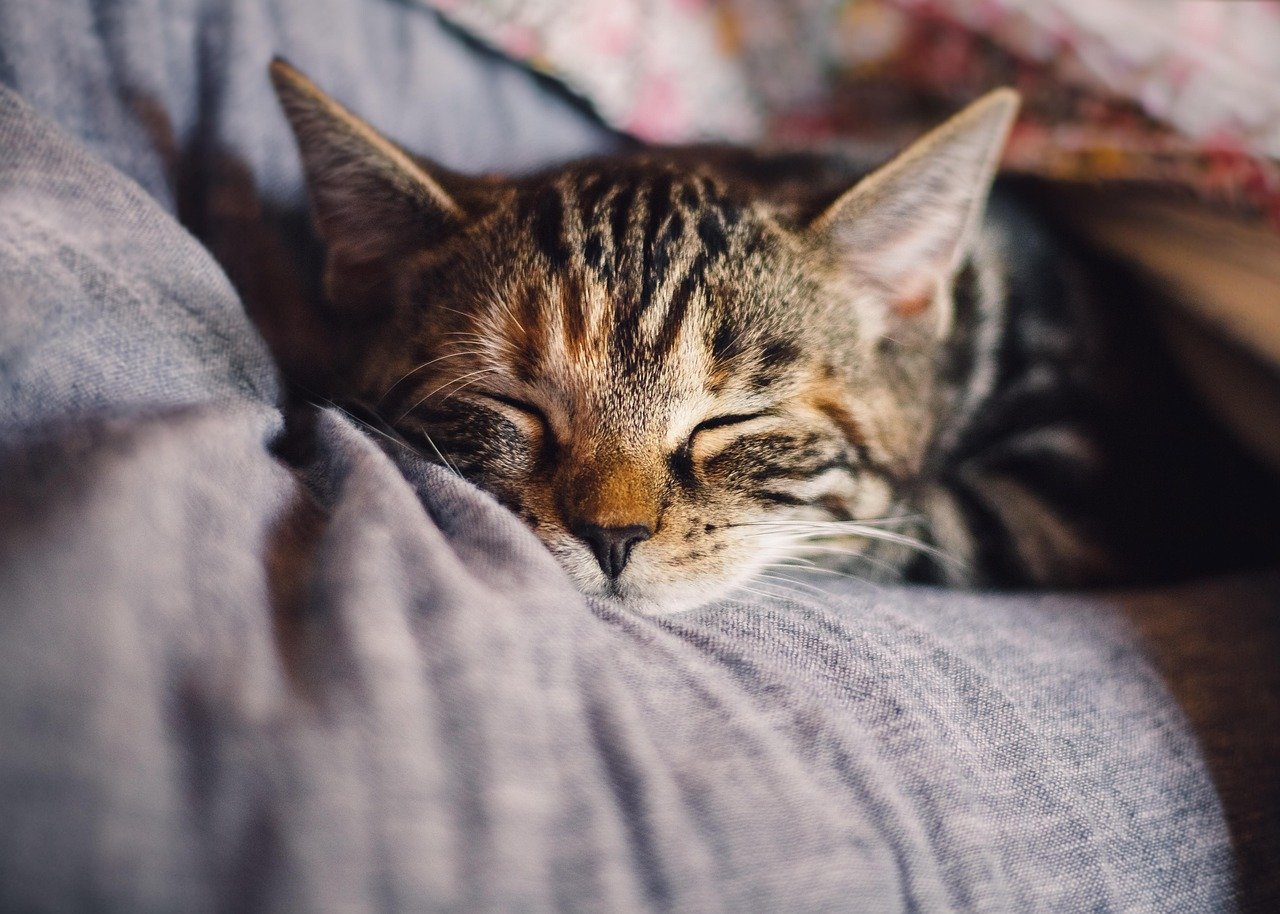
Cats are vulnerable when they sleep, so choosing to nap near you indicates they feel safe and protected. Whether they’re curled up at the foot of your bed or lounging beside you on the couch, they’re displaying trust. In the wild, cats need to be on alert while resting, so choosing to relax near you shows they see you as a guardian. This behavior reinforces the bond you share and highlights the emotional attachment they feel. When your cat sleeps close by, they’re silently saying, “I trust you to keep me safe.”
9. Vocalizing with You
Cats have a range of vocalizations, and some are reserved specifically for their human companions. If your cat meows or chirps at you regularly, they’re communicating and interacting with you. These sounds can indicate various emotions, from contentment to curiosity. A cat that frequently talks to you is trying to build a relationship, sharing their world through sound. As you respond, a dialogue forms, strengthening the emotional connection. Listen to the nuances in their voice, as it reveals their feelings and attachment.
10. Grooming You
Grooming is an intimate behavior that signifies trust and affection. When a cat licks you, they’re treating you like one of their own. In feline social groups, grooming is a bonding activity that reinforces relationships. By licking your hand or face, your cat is showing that they care for you deeply. It’s a unique way for them to share their world and emotions with you. This behavior is a clear indication of attachment, as cats reserve grooming for those they truly love and trust.
11. Sitting on Your Things
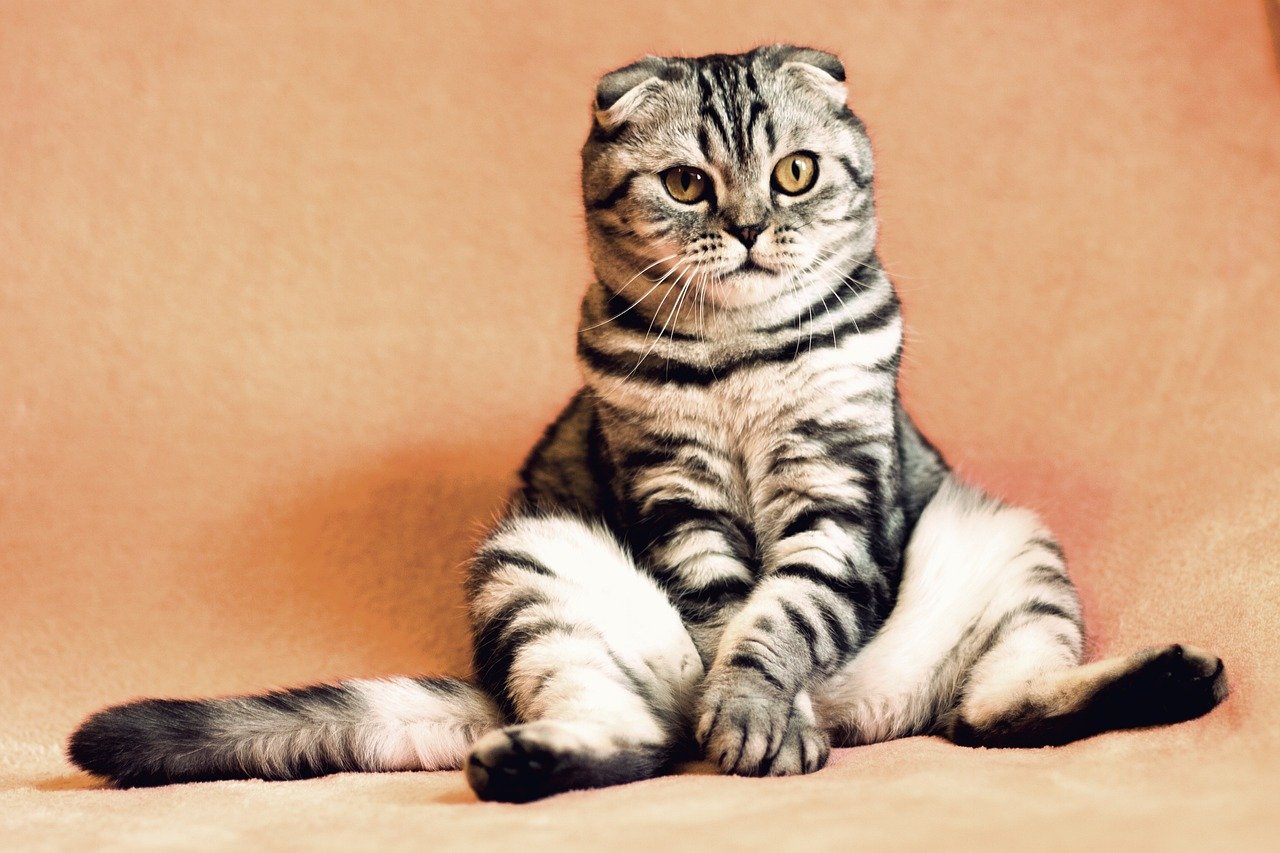
Have you ever noticed your cat plopping down on your book, laptop, or clothes? This isn’t a coincidence. Cats often sit on objects that smell like their owners as a way to feel connected. Your scent provides comfort and reassurance, making them feel closer to you. It’s a subtle form of claiming territory and expressing attachment. When your cat chooses to lounge on your belongings, they’re demonstrating their desire to be near you, even when you’re not around.
12. The Playful Nibble
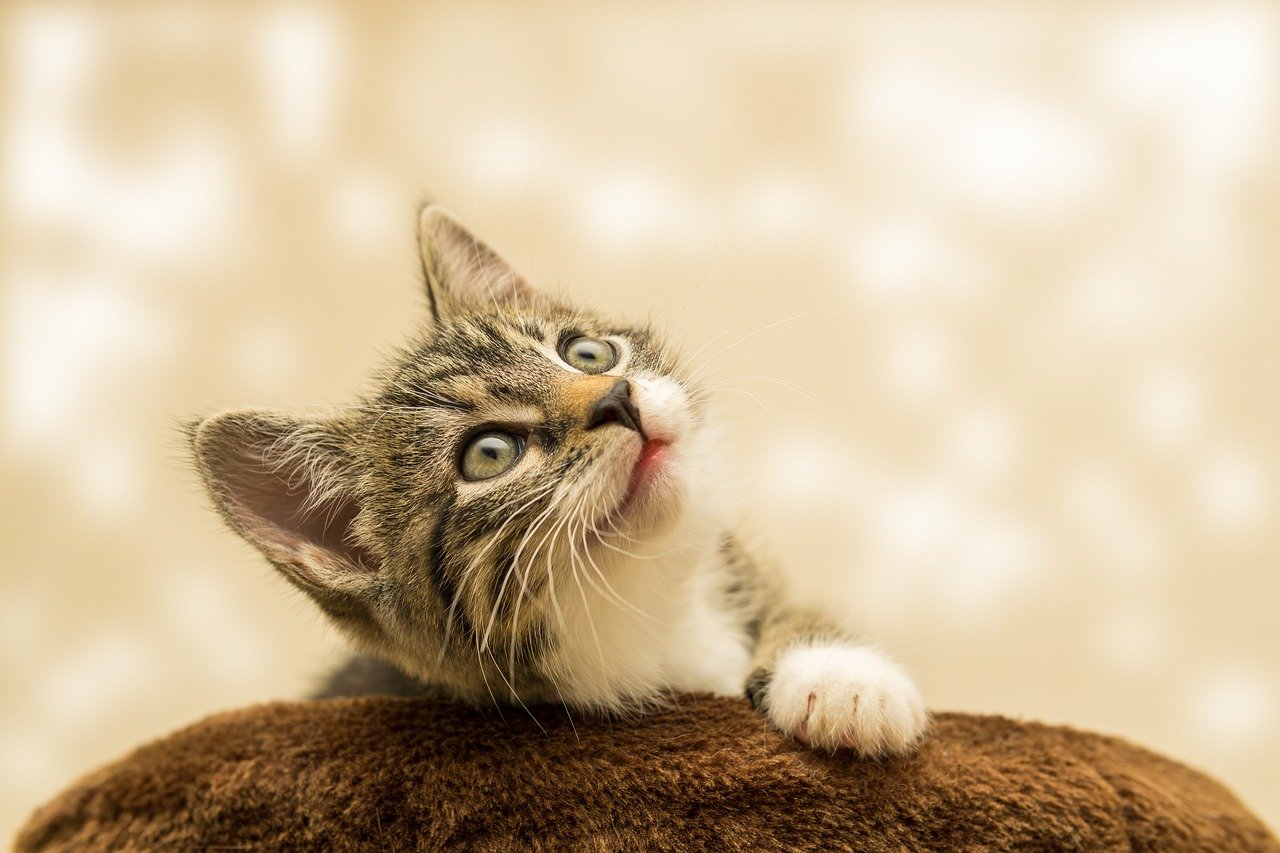
While biting might not seem affectionate, a gentle nibble can be a form of playful bonding. Cats often use their mouths to explore and interact with their environment. When your cat gives you a soft bite, it’s a playful way of engaging with you. This behavior is a sign of comfort and familiarity, showing they trust you enough to playfully interact. As long as the nibble is gentle and not aggressive, it’s a positive sign of attachment.
13. The Raised Tail
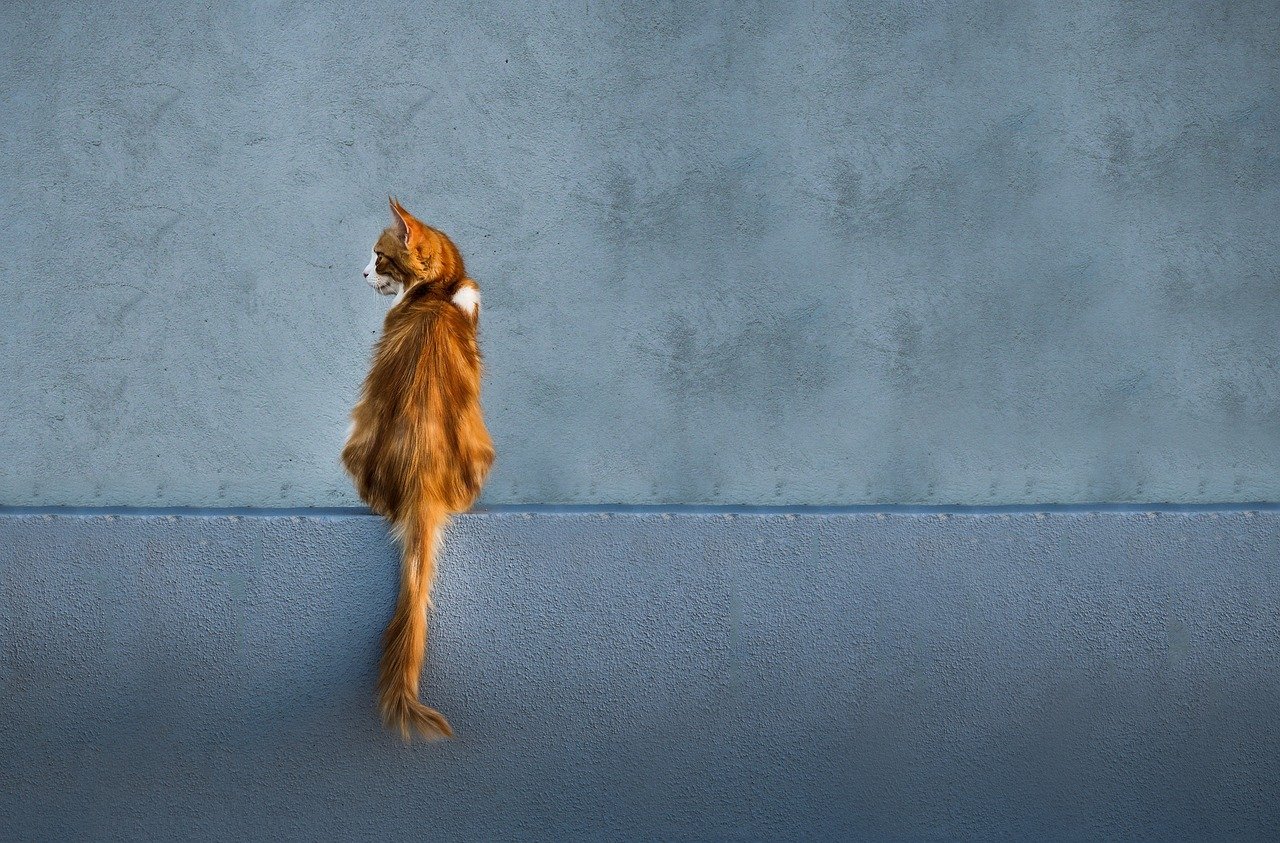
A cat’s tail is a strong indicator of their emotions. When a cat approaches you with their tail held high, it’s a sign of confidence and friendliness. This posture is a greeting, showing they feel secure and happy in your presence. A raised tail is often accompanied by a slight curve at the tip, resembling a question mark. This subtle gesture is a positive sign, indicating they view you as a trusted companion. It’s a small but significant sign of emotional attachment.
14. Offering Their Belly
A cat exposing their belly is a vulnerable position, as it leaves them open to potential threats. When your cat rolls over and shows you their belly, it’s a sign of immense trust. They’re indicating that they feel safe enough to let their guard down. While not all cats enjoy belly rubs, the act of showing their belly is a powerful display of attachment. It’s their way of saying, “I trust you completely.”
15. The Paw Reach
When a cat reaches out with a paw to touch you, it’s a gentle form of connection. This behavior is similar to holding hands, a way to feel close to you. Whether they’re tapping your arm or resting a paw on your lap, it’s an affectionate gesture. This small act of reaching out signifies a desire for closeness and interaction. It’s a subtle but meaningful sign of emotional attachment.
16. The Chirrup
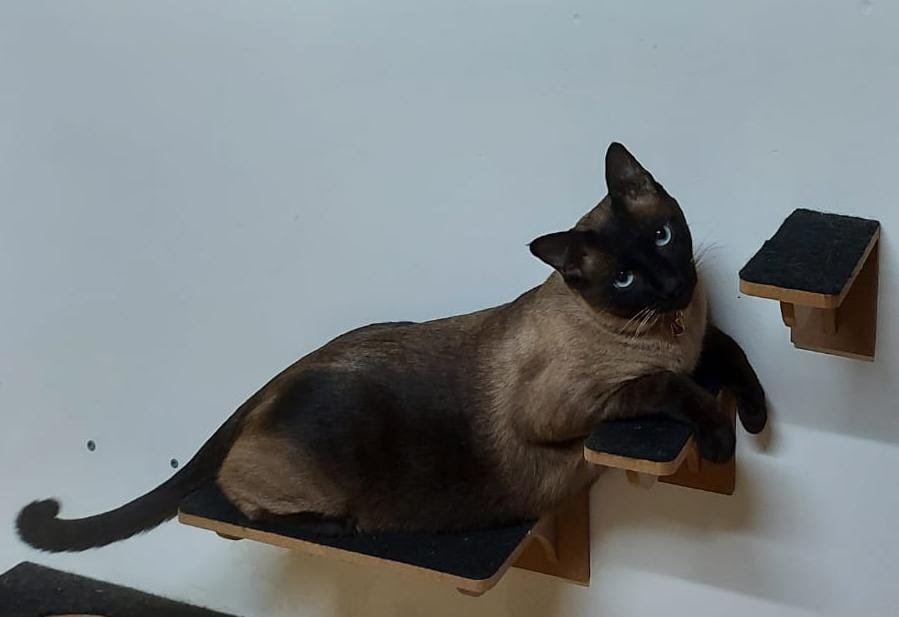
A chirrup is a unique sound that falls somewhere between a meow and a purr. Cats often use this sound to greet their owners, expressing excitement and affection. It’s a friendly way of saying, “I’m happy to see you.” The chirrup is reserved for those they feel a strong connection with, making it a special form of communication. Pay attention to this cheerful sound, as it indicates a happy and content cat.
17. Sharing Their Space
Cats are territorial animals, and they don’t easily share their personal space. When your cat allows you into their chosen spots, it signifies trust and attachment. Whether it’s their favorite perch by the window or a cozy corner of the bed, sharing these areas is a form of bonding. By inviting you into their territory, they’re showing acceptance and affection. It’s a testament to the strong emotional connection they feel.
18. Mirroring Your Actions
Cats are observant creatures and often mirror the actions of those they feel close to. If you notice your cat mimicking your movements or routines, it’s a sign of attachment. They might follow your lead in terms of sleeping patterns or daily activities. This behavior reflects a desire to connect and be in sync with you. It’s a subtle but powerful indicator of their emotional bond.
19. The Gentle Tap
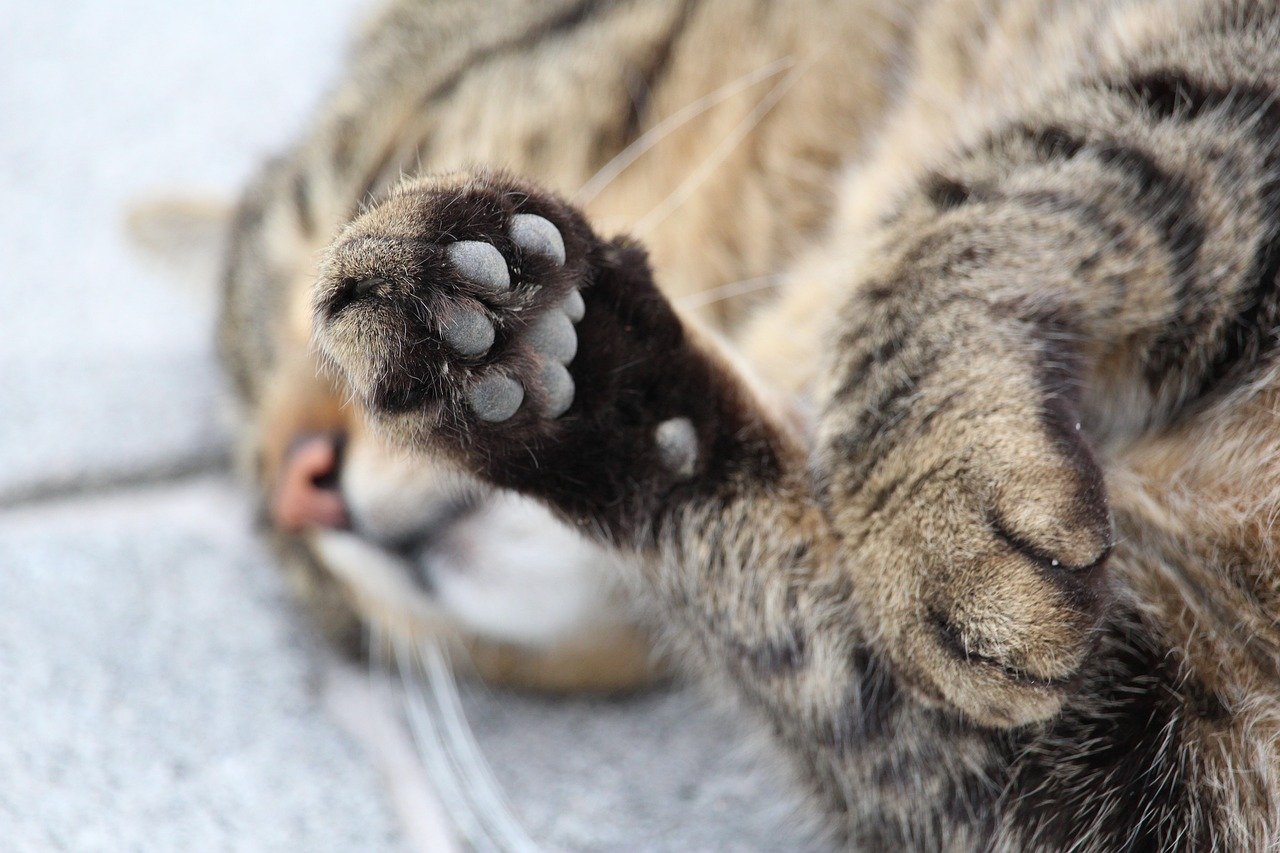
A soft tap from your cat’s paw is a way of getting your attention without being overly demanding. This gentle interaction is their way of saying, “I’m here, and I want to connect.” It’s a polite and affectionate gesture that signifies attachment. By reaching out in this manner, they’re expressing a desire for interaction and closeness. It’s a simple yet meaningful form of feline affection.
20. The Whisker Twitch
Whiskers are sensitive tools that cats use to navigate their world. A gentle twitch of the whiskers when they’re near you can indicate curiosity and interest. This behavior suggests they’re engaged and attentive to you, showing a level of comfort. While it might be a subtle sign, it reflects their emotional connection and attachment. The whisker twitch is a small yet telling gesture of feline affection.
In conclusion, while cats may not always wear their hearts on their sleeves, there are plenty of signs that indicate emotional attachment. By understanding these behaviors, you can strengthen the bond with your feline friend and appreciate the unique ways they show love. Whether it’s a gentle purr or a playful nibble, each sign is a testament to the special connection you share.
Hi, I’m Bola, a passionate writer and creative strategist with a knack for crafting compelling content that educates, inspires, and connects. Over the years, I’ve honed my skills across various writing fields, including content creation, copywriting, online course development, and video scriptwriting.
When I’m not at my desk, you’ll find me exploring new ideas, reading books, or brainstorming creative ways to solve challenges. I believe that words have the power to transform, and I’m here to help you leverage that power for success.
Thanks for stopping by, Keep coming to this website to checkout new articles form me. You’d always love it!






